Peter Costello calls for renewed policy focus on fertility
Two decades after his calls for Australian families to ‘have one for the country’, Peter Costello is again urging policymakers to focus on fertility.
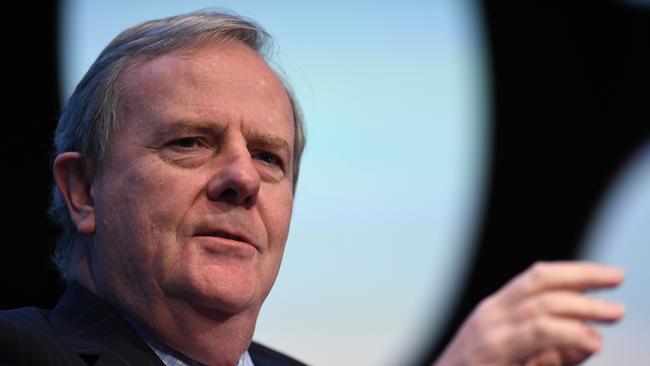
A generation after encouraging Australian couples to “have one for the country” and paying them a baby bonus to do so, Peter Costello is again urging policymakers to focus on the nation’s fertility.
With a new report projecting a declining birthrate over the next decade, the former Coalition treasurer says changing its trajectory could help address the growing problem of having too few people of working age to support the baby boomer bubble heading into old age.
But Mr Costello, who presided over a rise in the nation’s birthrate during the 2000s, said lifting fertility “is a long-term project that doesn’t pay off for 25 years”.
“If we had maintained our improvement back in the early 2000s it would be starting to pay off now. But we didn’t,” he told The Weekend Australian.
A higher birthrate may not require any more specific government incentives, he said.
“It’s not so much about a baby bonus – we spend far more now in benefits like paid parental leave and childcare than were ever spent on the baby bonus. It’s about raising the issue as an important part of public policy that makes the difference.
“And people need to feel confident about the future and the prospects of their jobs, home and children,” Mr Costello said.
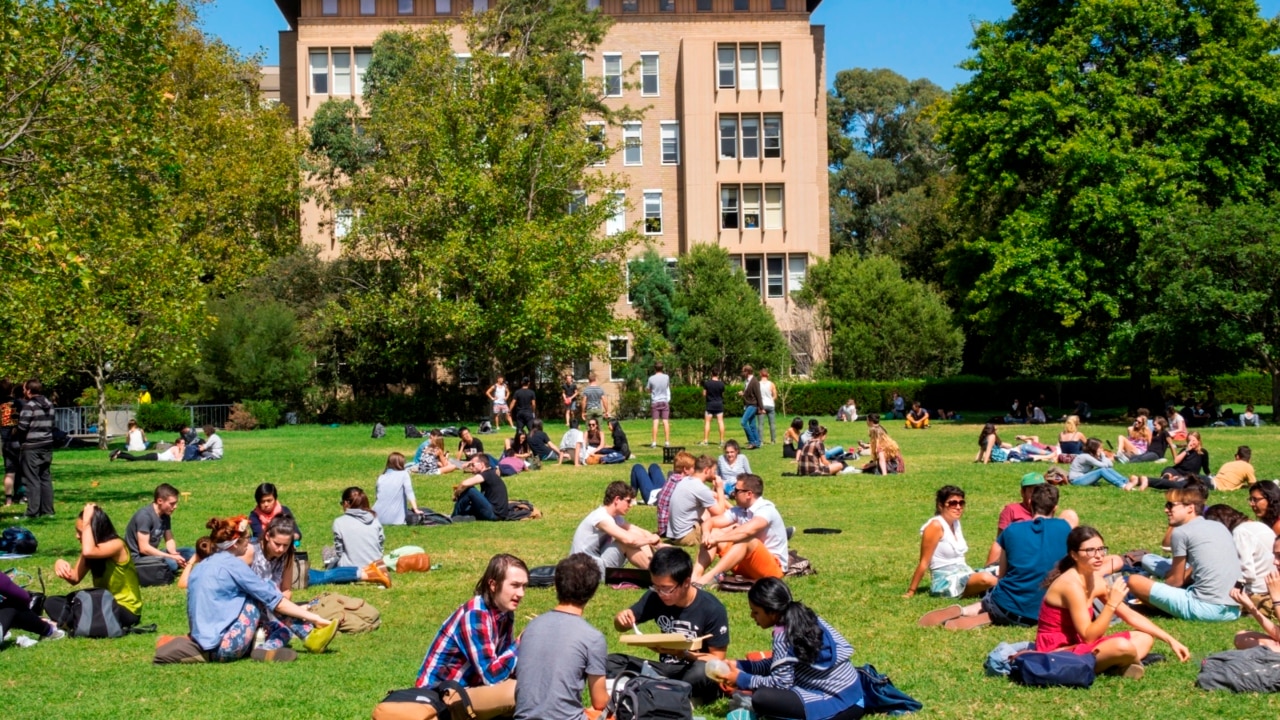
The federal government’s 2022 Population Statement released this week revealed the significant demographic impact of Covid. The 2030 population is now projected to be more than a million people short of pre-Covid forecasts and our median age 1.4 years older, at 39.8 years.
The pandemic also wiped almost 500,000 people from Australia’s total net overseas migration, the statement reads, though migration numbers are already almost back to pre-Covid levels on the back of the rapid return of international students.
And fertility rates, which fell considerably in the early stages of the pandemic, have bounced back to pre-Covid levels of 1.66 births per woman but are projected to fall over the next decade to 1.62.
In the mid-2000s, with strong economic conditions and the introduction of the baby bonus, the birthrate increased from below 1.8 to the replacement rate of two births per woman, before falling away over the past decade.
Mr Costello was sanguine about the lost population across the medium term. “Whether we have a million extra or less people in 2030 is not going to matter much. Whether we can lift productivity between then and now is much more important (to our standard of living),” he said.
Jim Chalmers also saw the population statement as flagging a productivity challenge. “The most important thing we are doing as a government to address the challenges posed by an ageing population is to build a better workforce more capable of supporting it,” the Treasurer said.
“We are prioritising skilling people for the jobs of the future and making it easier for more Australians to work if they want to.”
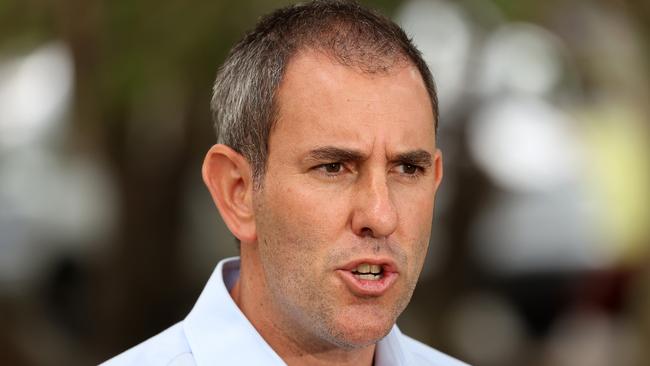
The quickest lever to grow the population is allowing more people to migrate, but Mr Chalmers said while it was a vital tool it was not the sole answer to fixing workforce shortages, many of which had existed prior to the pandemic.
“Migration has been a secret to our success as a country, making us more dynamic and more lively, strengthening our society and economy.
“(But) lifting the migration cap alone won’t fix the challenges we face in the long term. We need to invest in our people and the productive capacity of our economy,” he said.
Mr Costello agreed migration was not the long-term solution to addressing population ageing, and said it could be used to address labour shortages.
But he added that migrants needed to be where the labour demand was the highest.
“Mostly migrants go to Melbourne and Sydney … but the labour shortages go well beyond there and it would be better if migration – temporary and permanent – were distributed more widely in Australia.
Mr Chalmers said despite Covid having “a bigger impact on our population than any other event in the last century”, Australia had coped relatively well.
“Yes we are growing a bit slower and a bit older than we thought a few years ago, but a lot of other countries would like to swap places with us,” he said.




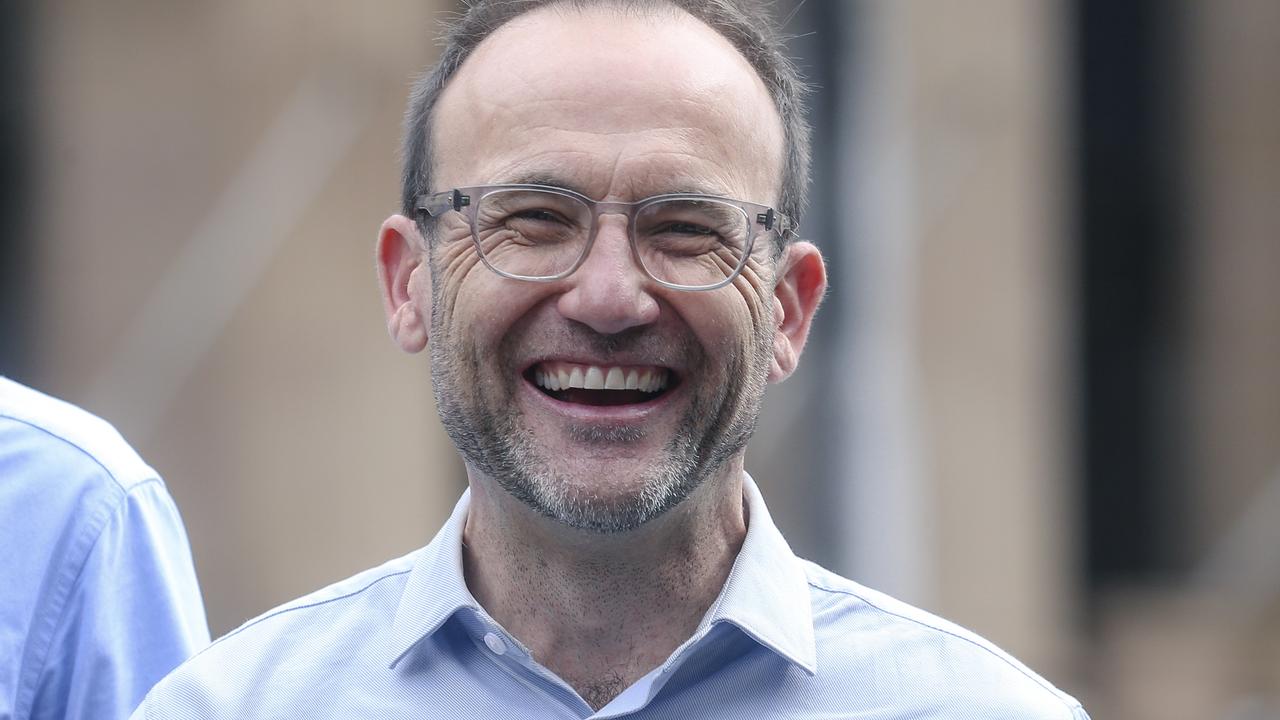
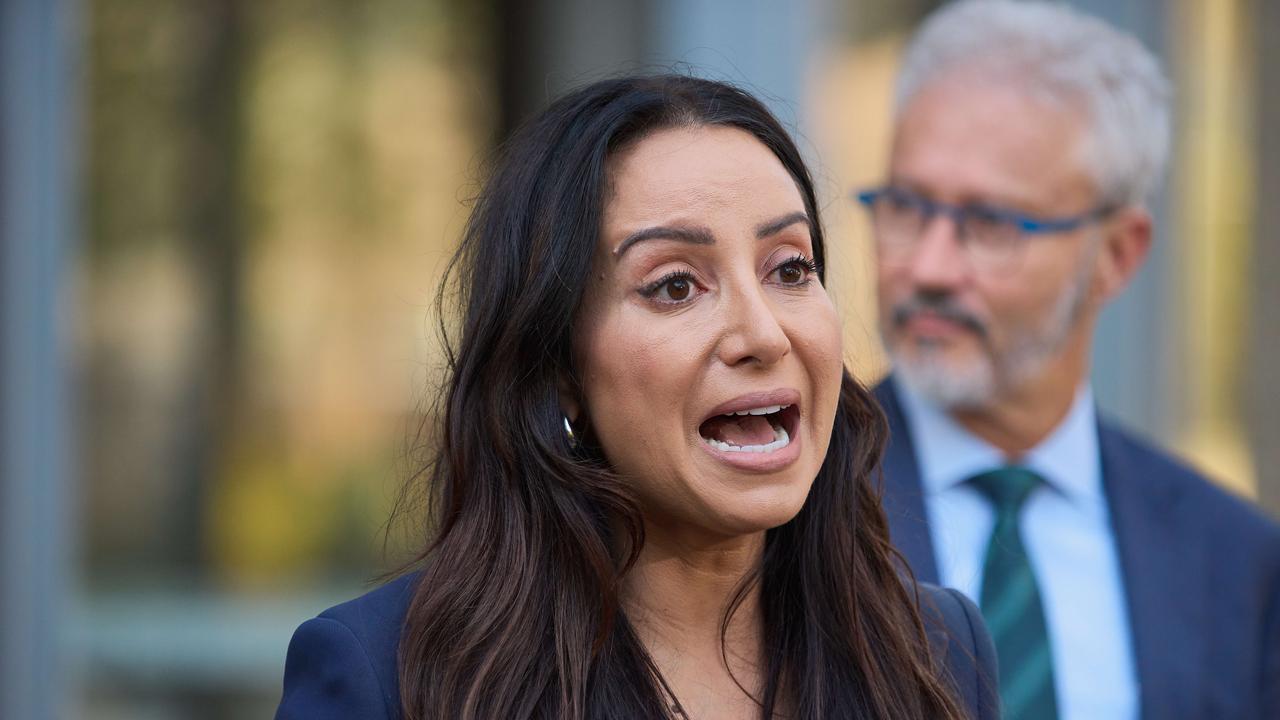
To join the conversation, please log in. Don't have an account? Register
Join the conversation, you are commenting as Logout